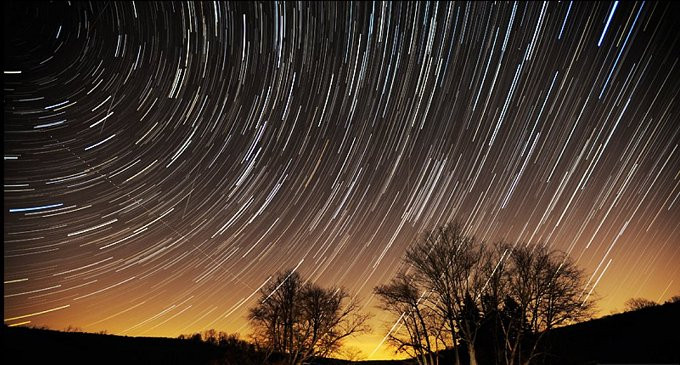Meteors not the building blocks of planets but the by-products of violent collisions

Meteors are not the building blocks of life that led to the formation of planets, but the by-products of violent collisions of these early worlds.
Previously, it had been thought that these chunks of metal and rock merged with gas and dust to form larger planetary precursors.
However, scientists at MIT and Purdue University say this is not the case. Researchers were looking at chondrules – tiny glassy grains that were once molten droplets and appear on meteors.
Rather than the molten droplets colliding with gas and dust to form planets, computer simulations have shown that chondrules are by-products of the planetary-forming process.
MIT researcher Brandon Johnson said the study turns part of our understanding of the early solar system on its head.
For their analysis, published in the journal Nature, the team simulated collisions between protoplanets (rocky bodies sized anywhere from an asteroid to the moon) and modelled all the different types of impacts that might occur, such as location, timing, size and velocity.
Findings showed that bodies the size of the moon formed within about 10,000 years – long before chondrules are thought to have appeared.
They then looked at the type of collision that could eject molten material. Simulations showed the collision would have to be at 2.5km/s to produce a plume that could be ejected into space (impact jetting). Residual droplets would eventually cool to form chondrules.
Scientists estimated the number of impact jetting collisions that occurred during the solar system's first five million years and found there would have been enough to produce the number of chondrules detected in meteorites today.
"This tells us that meteorites aren't actually representative of the material that formed planets - they're these smaller fractions of material that are the byproduct of planet formation," Johnson said.
"But it also tells us the early solar system was more violent than we expected: You had these massive sprays of molten material getting ejected out from these really big impacts. It's an extreme process."
Researchers now plan to look at the effects of other types of impacts and what happens to chondrules after they are launched into the solar nebula.
Maria Zuber, vice president of research at MIT, said: "Chondrules were long viewed as planetary building blocks. It's ironic that they now appear to be the remnants of early protoplanetary collisions."
© Copyright IBTimes 2025. All rights reserved.






















